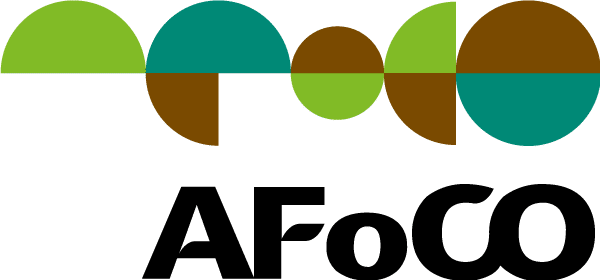Goal and Objectives
The overall goal of the project is to improve sustainable forest management and the livelihoods of local people in Viet Nam and Thailand through the development of high-value species. The specific objectives of the project are outlined are to:
- Assess and select the most suitable species in the study sites;
- Develop appropriate techniques, marketing and policy recommendation for the development, processing and trade of the study species;
- Improve knowledge, techniques and skills of local people and relevant stakeholders through trainings, exchange visits and disseminations;
- Develop demonstration models for the development of the study species
Main Activities
- Collecting relevant data and information on high valuable species, natural and social conditions in the two provinces.
- Conducting a detailed survey and questionnaires on the status, distribution, value, uses, developmental potential, planting, tending, harvesting, processing, marketing and trade, and policies applied, indigenous and modern knowledge applied in the provinces.
- Conducting technical trainings on seedling production, site preparation, planting, tending, harvesting, processing, preservation and trading of the studied species.
- Establishing, designing, building, and maintaining demonstration models of planting and tending.
Expected Outputs
Under this project, each implementing country will identify 4 high-value species in two different provinces, which means a total of 8 high-value species will be identified. Demonstration models of planting and tending of these species will be established at the respective sites, which will be used for training and research purposes. Relevant training modules will be developed and training courses for local communities and relevant stakeholders will be organized at these sites. Technical guidelines on seedling production, site preparation, planting, tending, harvesting, processing, preservation and usage will be developed and documented for the species selected. Recommendations for policy guidance and marketing improvement will be made as part of this project.

